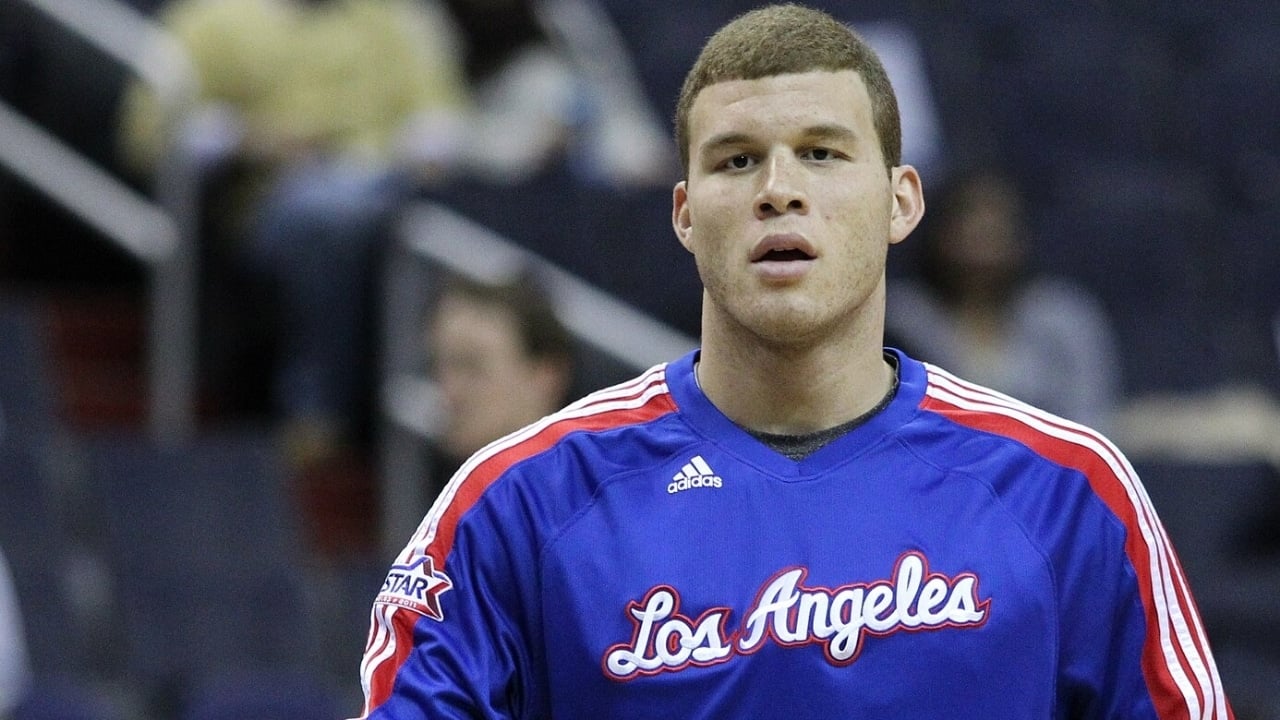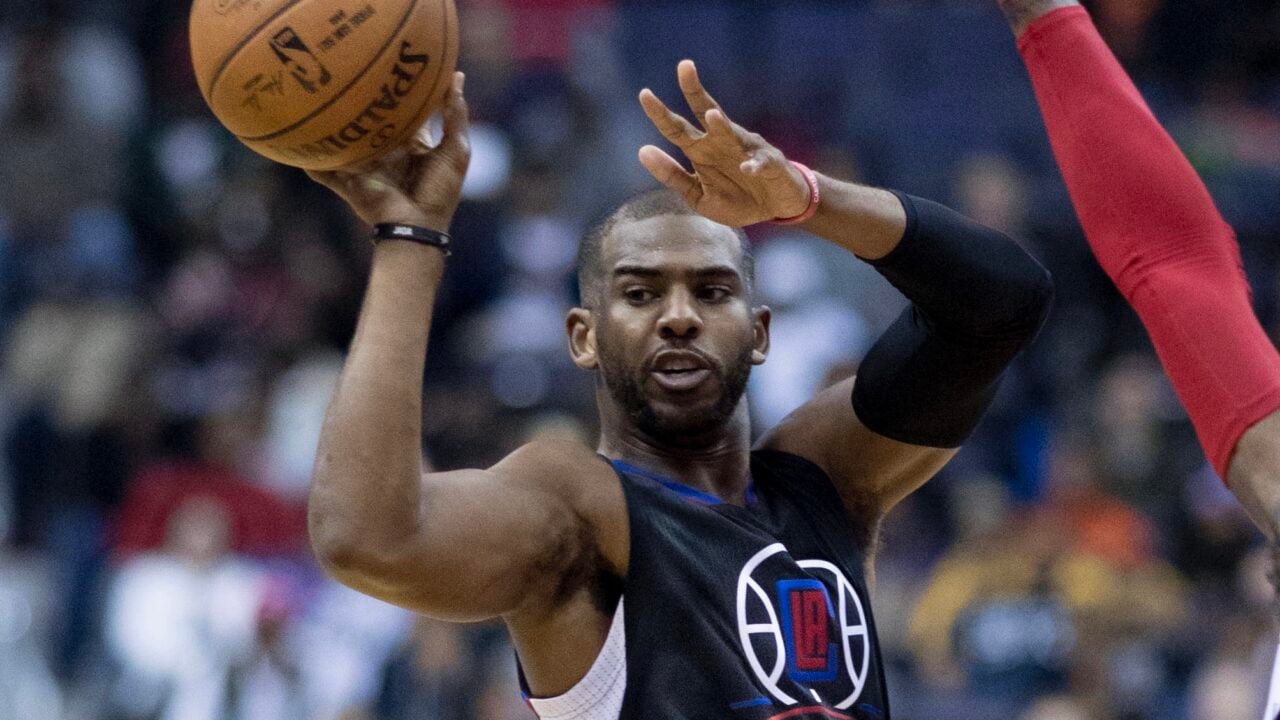22 Best NBA Players of the 2010s

The social media age took the NBA by storm during the 2010s. More players were accessible to the world through online apps, providing a wide lens into the more obscure talents in the league. This ability to watch more athletes makes it even more difficult to discern who the best in the world are. Older players from the 2000s leaked over into the 2010s, and young players started to shape their careers in the middle of the decade and later.
1. LeBron James

LeBron James took the throne in the 2010s by winning three NBA championships with the Miami Heat and Cleveland Cavaliers. James refined his game and truly dismantled all doubters after his comeback from a 3-1 deficit in the 2016 NBA Finals and ended the decade by starting to reunite the Los Angeles Lakers.
2. Steph Curry

Steph Curry changed basketball forever in the 2010s. His shooting ability from half-court and in transformed the way defenders played the Golden State Warriors, and the Dubs became the first dynastic team since the early 2000s Lakers. Curry’s leadership qualities and supreme skills make him the defining guard of the decade.
3. Kevin Durant

Kevin Durant’s career is a roller coaster. After starting the 2010s as one of the most popular players in the league in OKC, Durant switched over to the Golden State Warriors to form one of the most dangerous teams in league history. KD’s length and shooting make many historians believe he is the most unguardable player in basketball lore.
4. Kawhi Leonard

Kawhi Leonard began his tenure with the San Antonio Spurs as a role player behind Tim Duncan. Once the core players started aging into the background, Leonard took control of the franchise and led them to an NBA title and another Western Conference Finals appearance. The Law ended the Golden State Warriors’ three-peat big in 2019 with an incredible display of offense and defense that crowned the Toronto Raptors champions.
5. James Harden

James Harden controversially scored the ball and put up triple-doubles at an unfathomable clip in the 2010s. The Houston Rockets returned to prominence on Harden’s back, but they never went to the NBA Finals with The Beard leading them. Harden’s game included a parade to the foul line, but his production was undeniable.
6. Chris Paul

Chris Paul makes every team he’s on an instant contender. He enjoyed immense success with the Los Angeles Clippers in the first half of the 2010s, with his playmaking and intelligence encapsulating the turnaround of one of basketball’s worst franchises. CP3 is often cited as a legendary leader with a hard-nosed attitude, but his lack of a title leaves him outside the top five.
7. Dwyane Wade

Dwyane Wade sacrificed stats and personal acclaim to help lead the Miami Heat to multiple rings in 2012 and 2013. LeBron James got most of the credit, but Wade picked up the slack anytime James couldn’t quite carry the team on his own. Injuries prevented the historically great shooting guard from extending his prime years.
8. Russell Westbrook

Russell Westbrook in the open floor presented more problems than any other player in the NBA. Westbrook steamrolled the competition but often made poor decisions that held him back from becoming the best guard in the NBA. His flaws started to erode his resume in the late 2010s, but his early years on the Thunder will never be forgotten.
9. Giannis Antetokounmpo

Giannis Antetokounmpo is still carving out his legacy in the 2020s, but it was clear what kind of legend he was going to become from the middle of the 2010s and onward. Giannis careens into the paint, turning defenders into pretzels as they contort to combat his immense size and strength. Giannis feels like a combination of Kevin Durant, Shaquille O’Neal, and even Wilt Chamberlain, but his ball handling makes him truly unique.
10. Paul George

Paul George battled LeBron James and the Miami Heat as a young superstar on the Indiana Pacers, putting everyone on notice that he was an evolution of players such as John Havlicek and Scottie Pippen. After overcoming a terrible leg injury during international play, George changed his game to become a second option next to Russell Westbrook in OKC.
11. Blake Griffin

Blake Griffin excited basketball fans with a special combination of flexibility and strength around the rim during the first half of the 2010s. After jumping over cars in the dunk contest and winning Rookie of the Year, Griffin expanded his game to become a point forward with passing skills and shooting abilities.
12. Dirk Nowitzki

Dirk Nowitzki makes the list on the strength of the 2011 NBA Finals. Dirk’s shining moment for the Mavs came after years of coming up short, upsetting the Miami Heat while outperforming LeBron James and Dwyane Wade when it counted the most. Nowitzki garnered fans worldwide and ended his career only playing for the Mavericks. He’s one of the final star players to only play for one team his entire career.
13. Tim Duncan

Tim Duncan aged gracefully, passing the baton to Kawhi Leonard when he could no longer carry the load. Duncan’s insightful leadership and unselfishness created a beautiful culture in San Antonio that endured into the twilight of his career. Even in his mid-to-late 30s, Duncan was often the best player on the floor for the Spurs in the playoffs.
14. Kyrie Irving

Kyrie Irving is one of the hardest players to evaluate from a historical perspective. Irving played by himself in Cleveland before LeBron James took the reins, dazzling fans with unprecedented dribbling displays and acrobatic finishes. He made the title-clinching shot against the Warriors in 2016, but has struggled to lead the Celtics, Nets, and Mavericks after leaving Ohio.
15. Kobe Bryant

Kobe Bryant’s final few years in Los Angeles were riddled with injuries such as a ruptured Achilles, but when he was on the floor, it was the same lethal Black Mamba from the previous 15 years. Bryant’s unquenchable thirst for improvement allowed him to remain a constant scoring threat into his late 30s.
16. Klay Thompson

Klay Thompson’s contributions to the Golden State Warriors don’t get enough praise. The second Splash Brother might be the second-best shooter ever when he retires, and nobody catches fire quicker than Thompson. Four titles secure his legacy, but season-ending injuries prevented him from taking a leap into true superstardom in 2019.
17. Draymond Green

Draymond Green revolutionized NBA defense and allowed the Warriors to play their signature small-ball lineups without a center for years. Green’s ball-hawk skills and intensity on defense cause havoc on that end of the floor, and his passing opens up shots for Steph Curry and Klay Thompson.
18. Kevin Love

Kevin Love stormed the stat sheet while playing for the Minnesota Timberwolves. One of his generation’s best rebounders and the best outlet passer ever, Love fit in as the solo star on the Wolves and the third option next to LeBron James and Kyrie Irving in Cleveland.
19. Anthony Davis

Anthony Davis has been so instrumental in the 2020s on L.A. that many people forget how incredible he was early in his career on New Orleans. Davis combines the jump shooting and rim protection of Kevin Garnett but with a new-school mindset on offense.
20. Dwight Howard

Dwight Howard’s short peak at the beginning of the 2010s gets lost due to a bad attitude in Houston and Los Angeles. Howard towered over smaller players and jumped over the ones who matched his height. He won two Defensive Player of the Year awards at the beginning of the 2010s and made the Orlando Magic a threat to win the title every year.
21. Pau Gasol

22. Marc Gasol

Marc Gasol started the 2010s in the shadow of his brother and ended it helping the Toronto Raptors to their first title. Gasol was a brute in the post, working his defenders with strength and finesse that future European centers would copy. He kept the “Grit n’ Grind” mentality of the Memphis Grizzlies firmly intact for almost a decade.